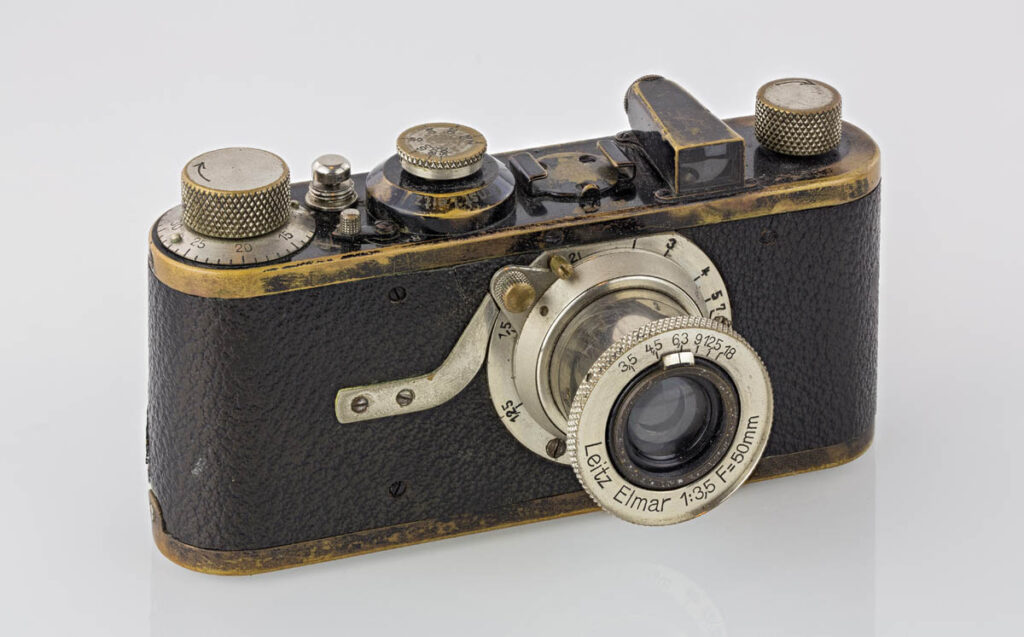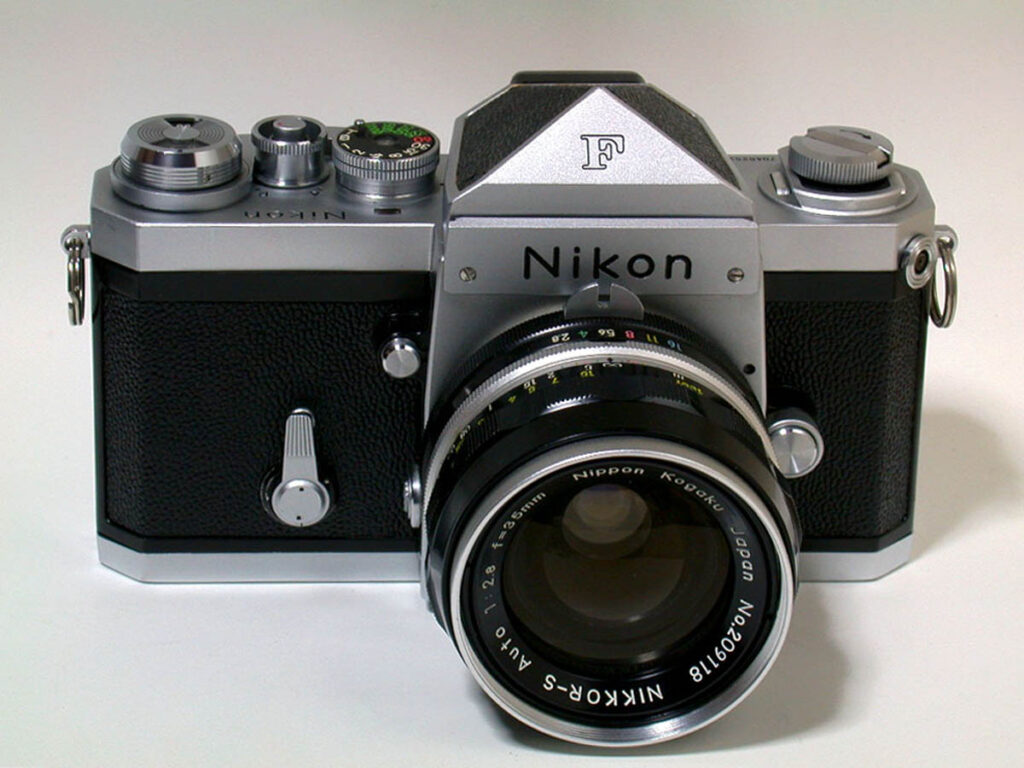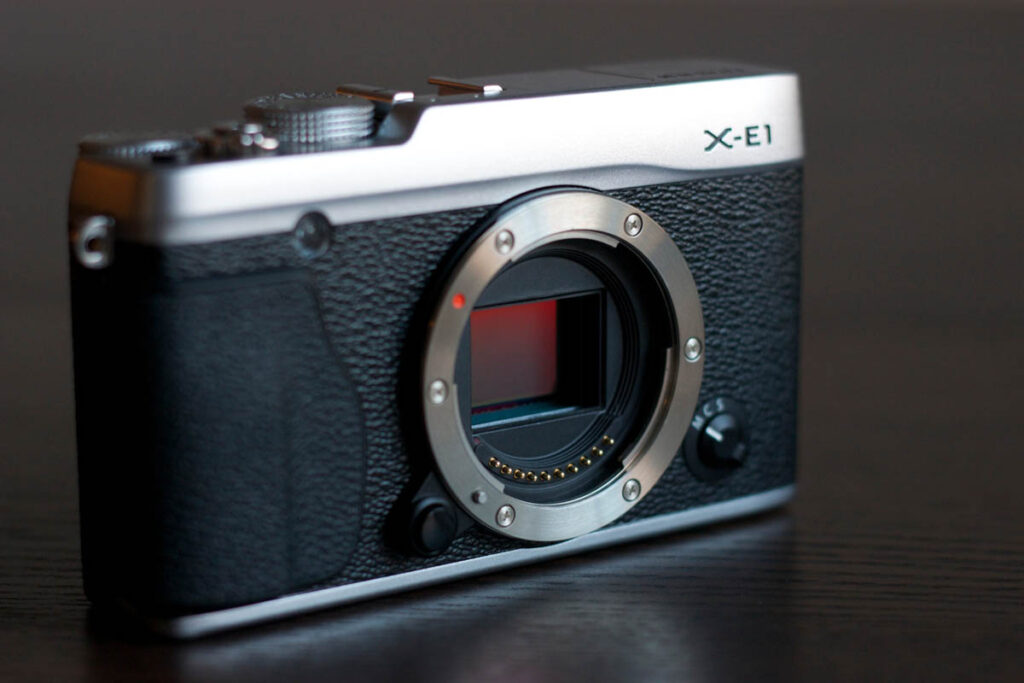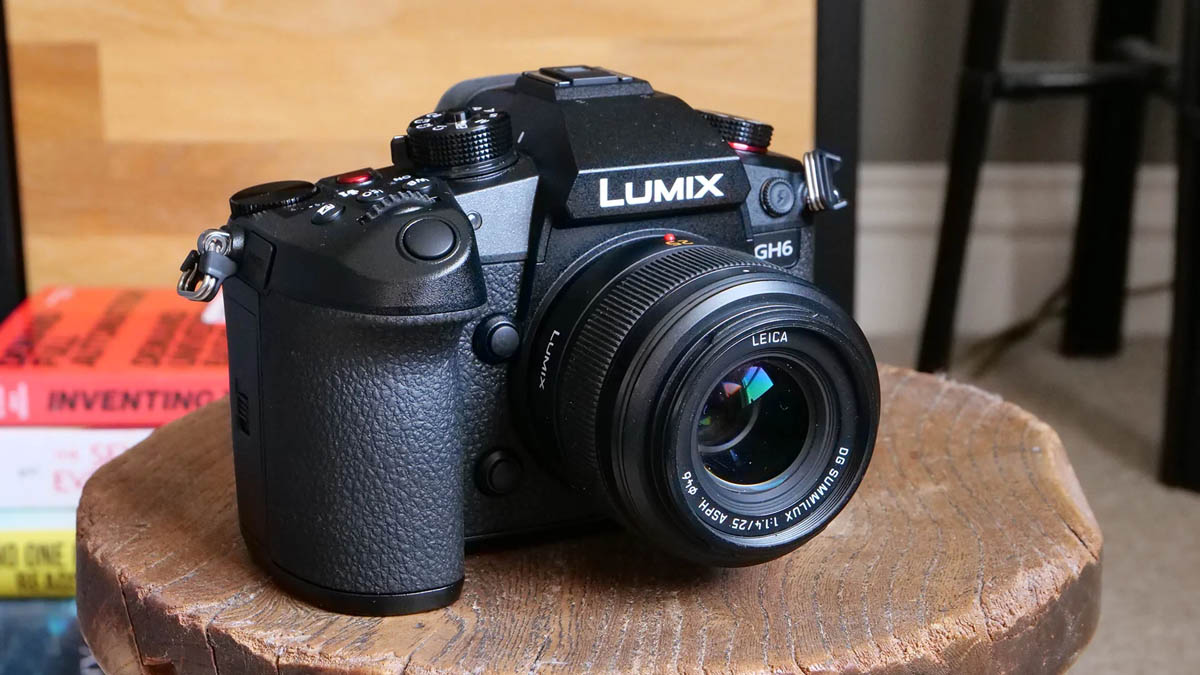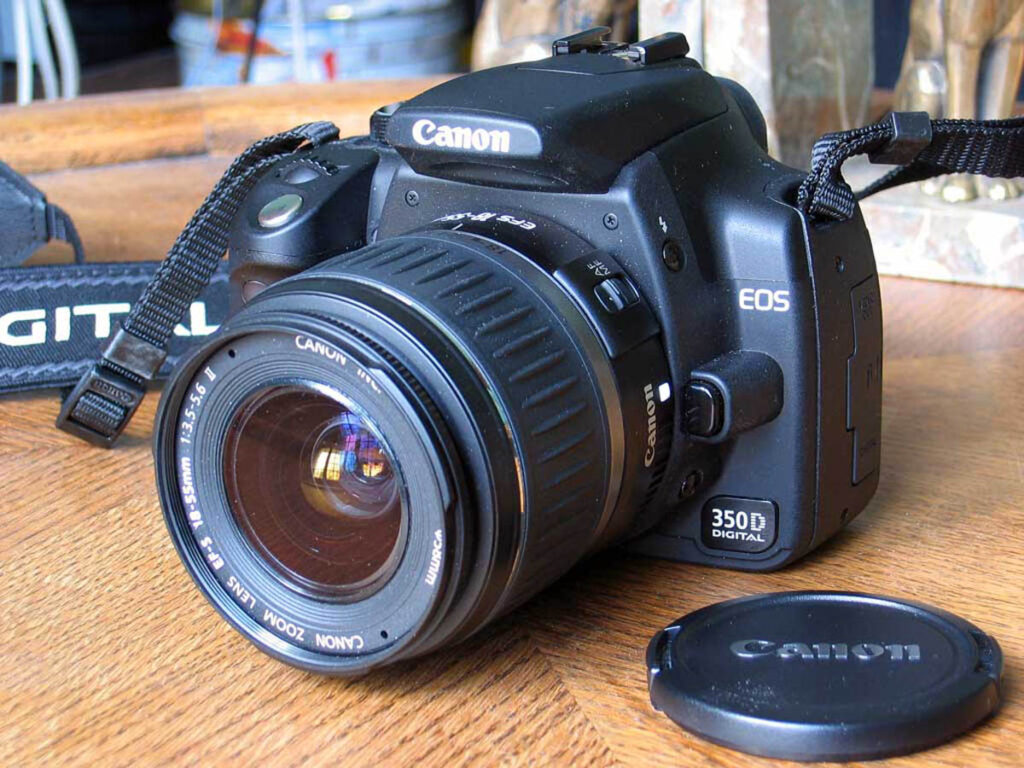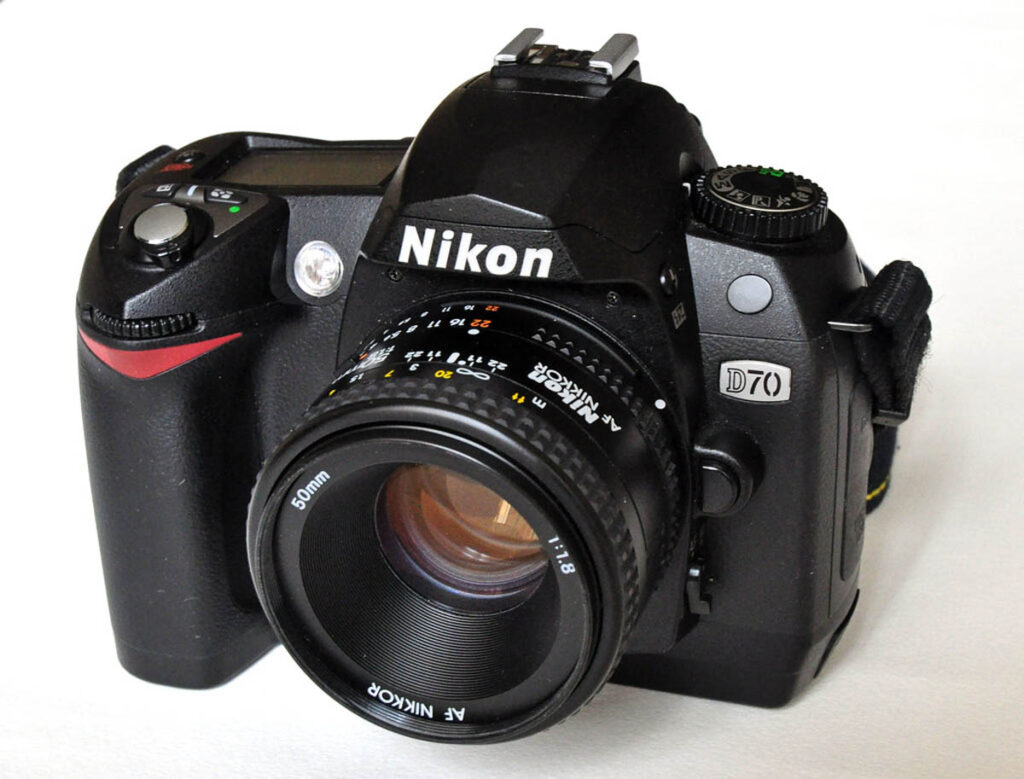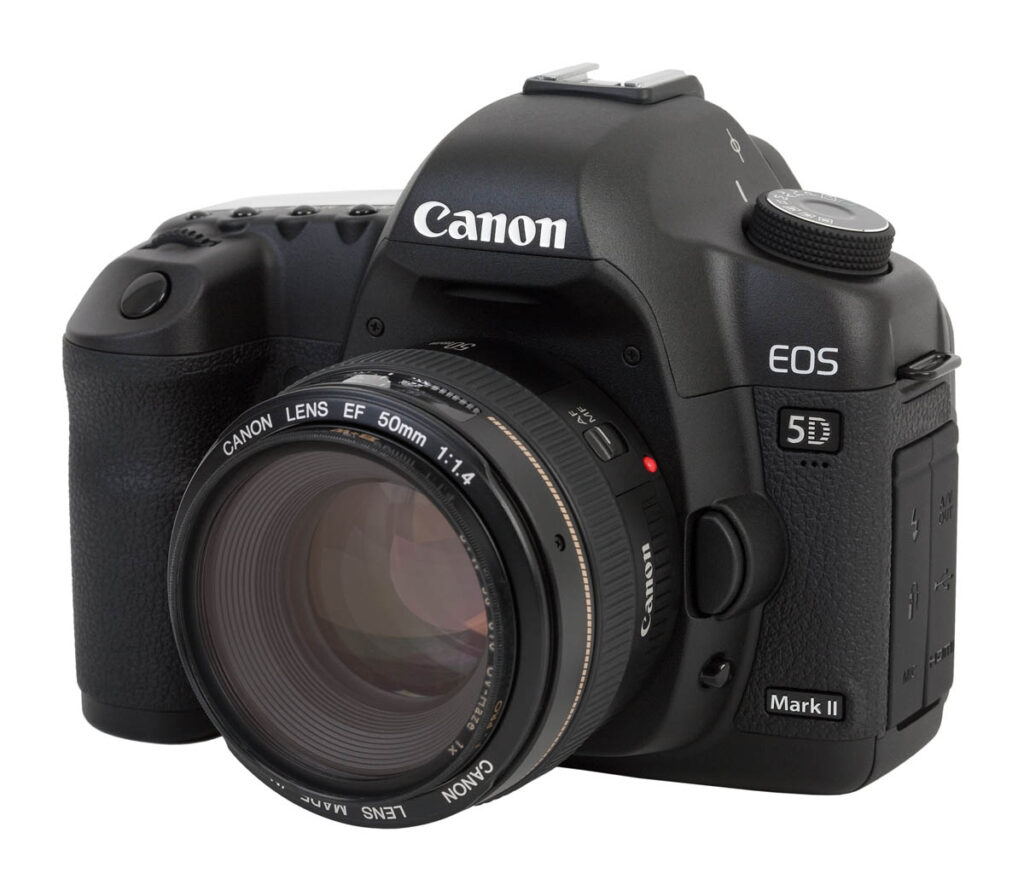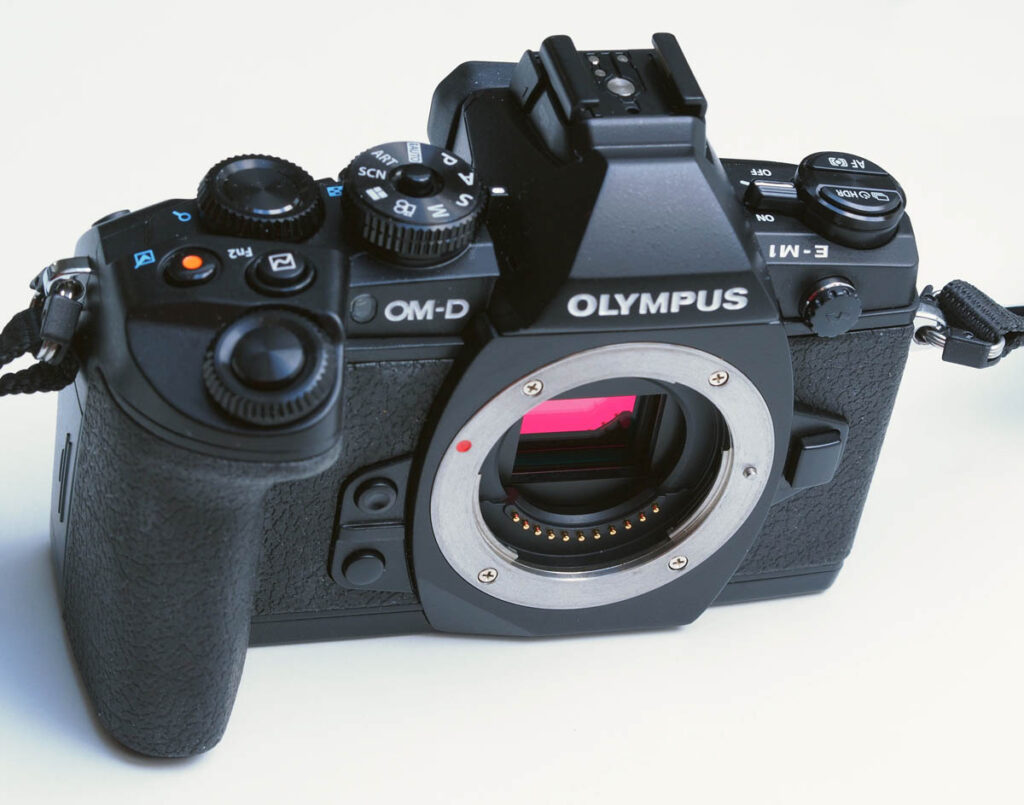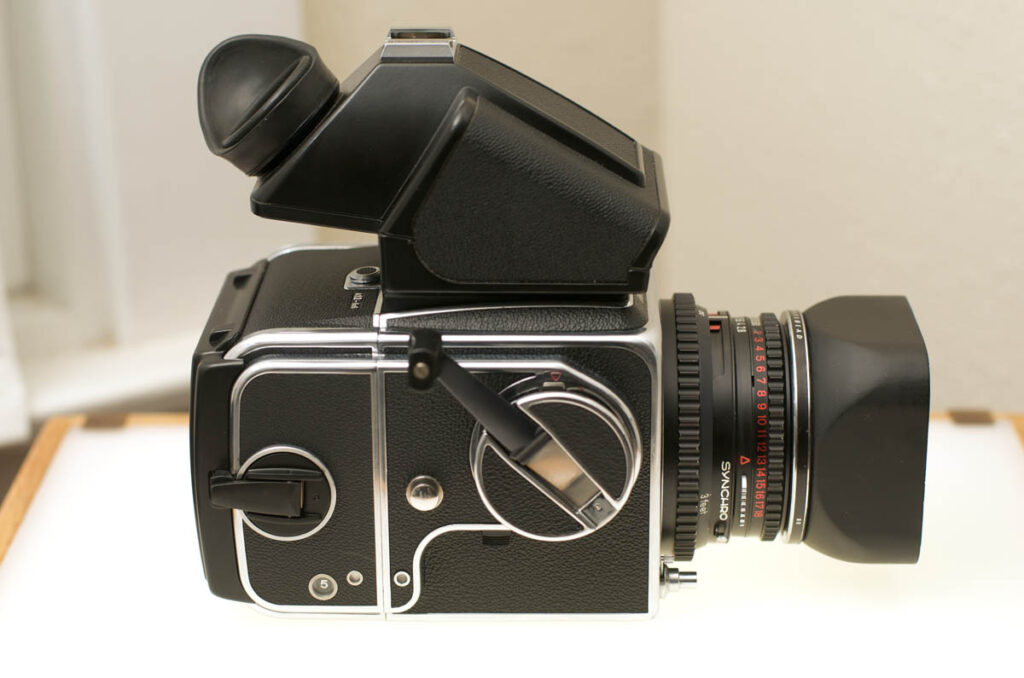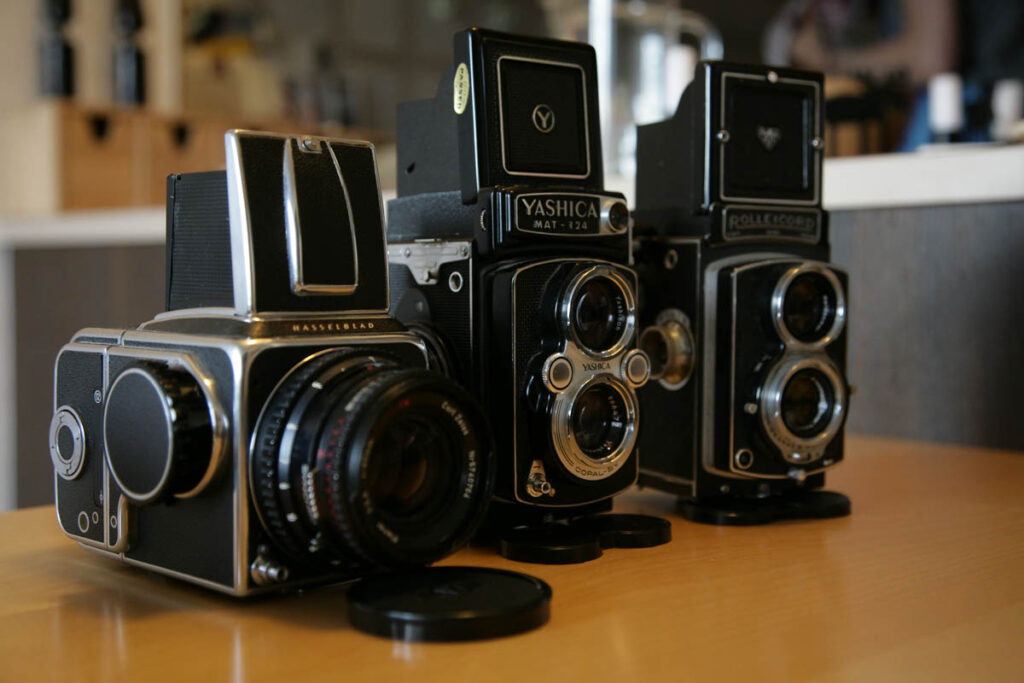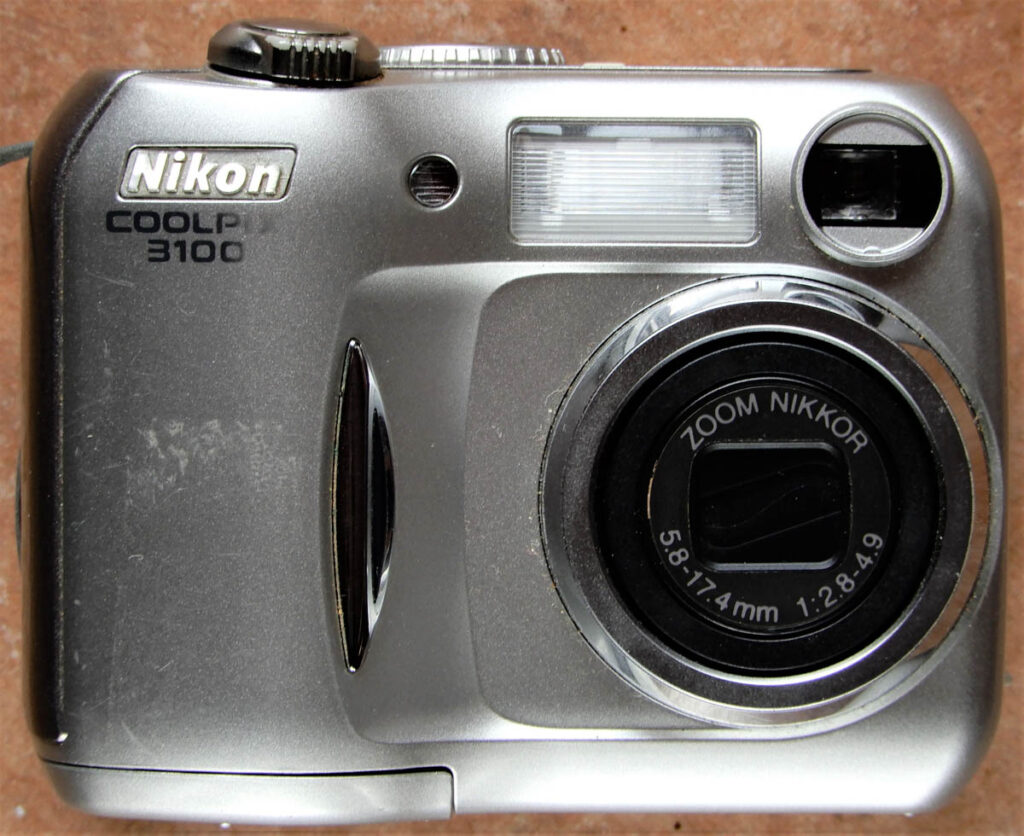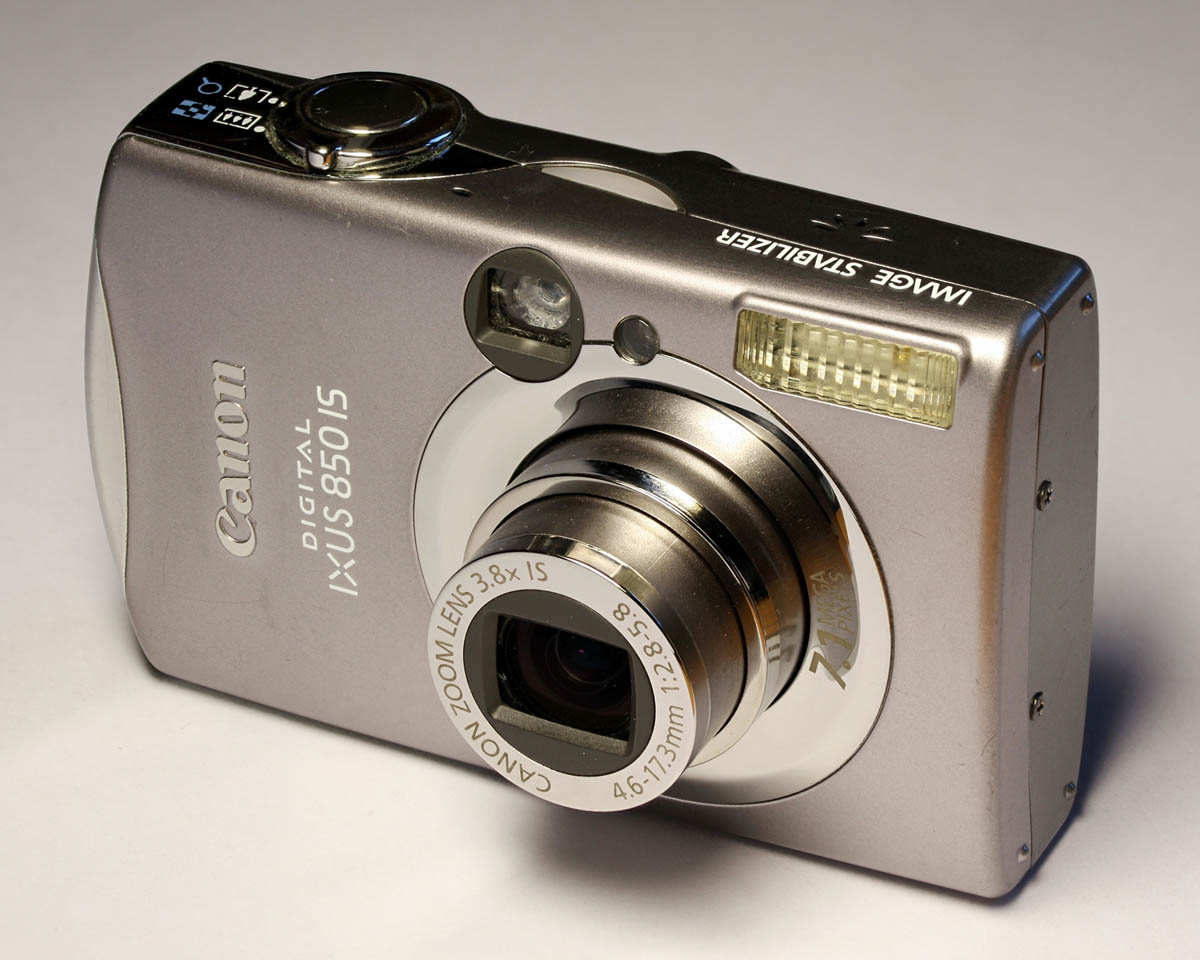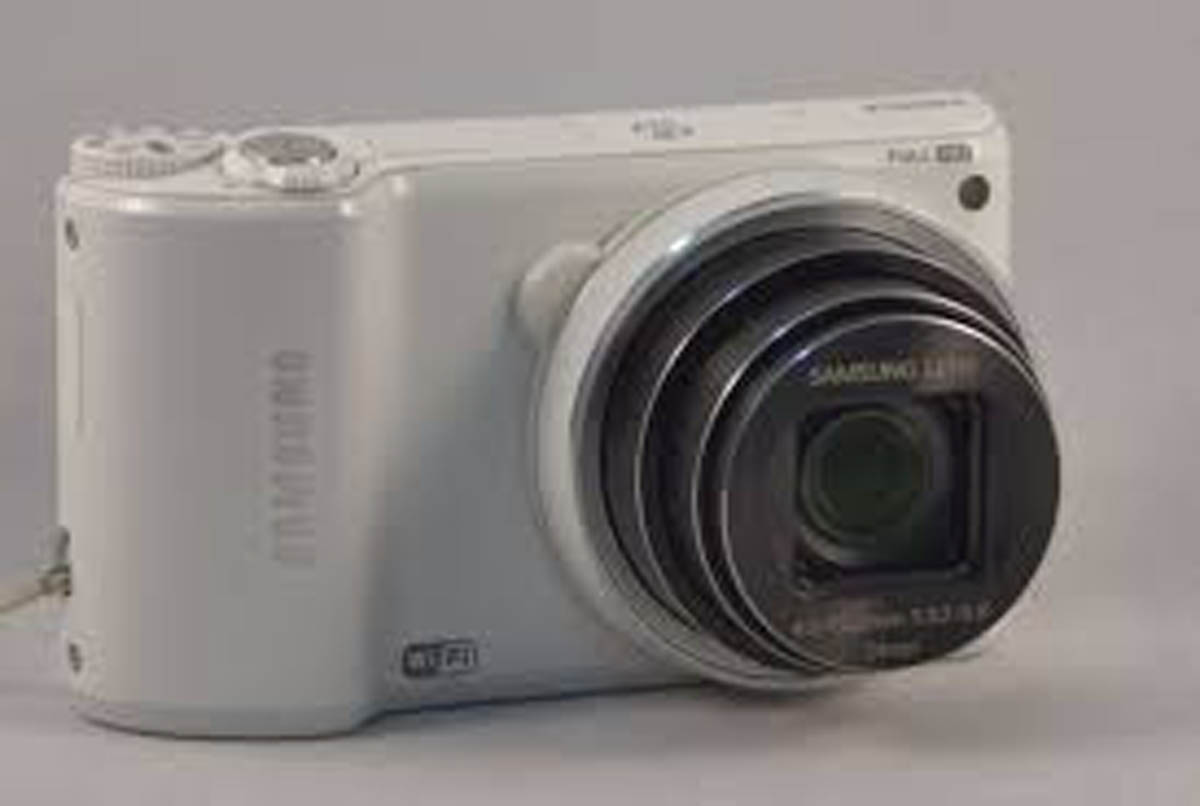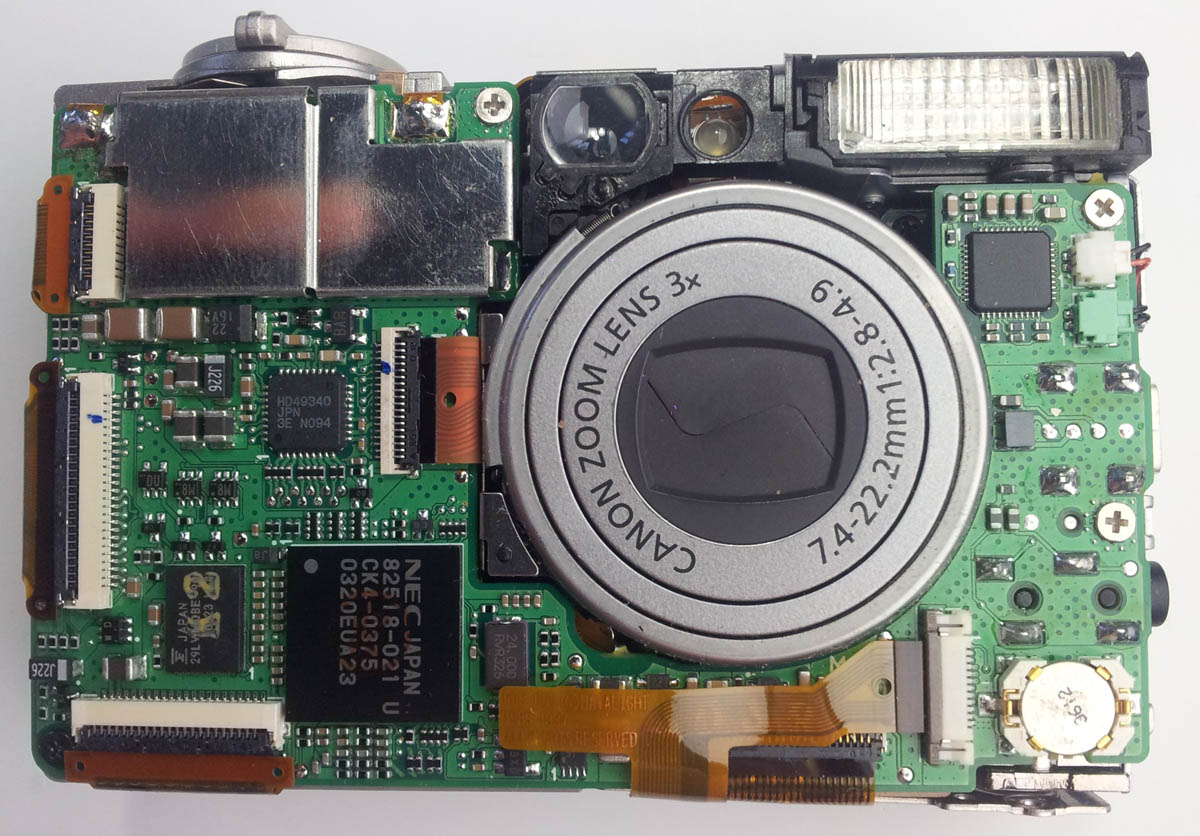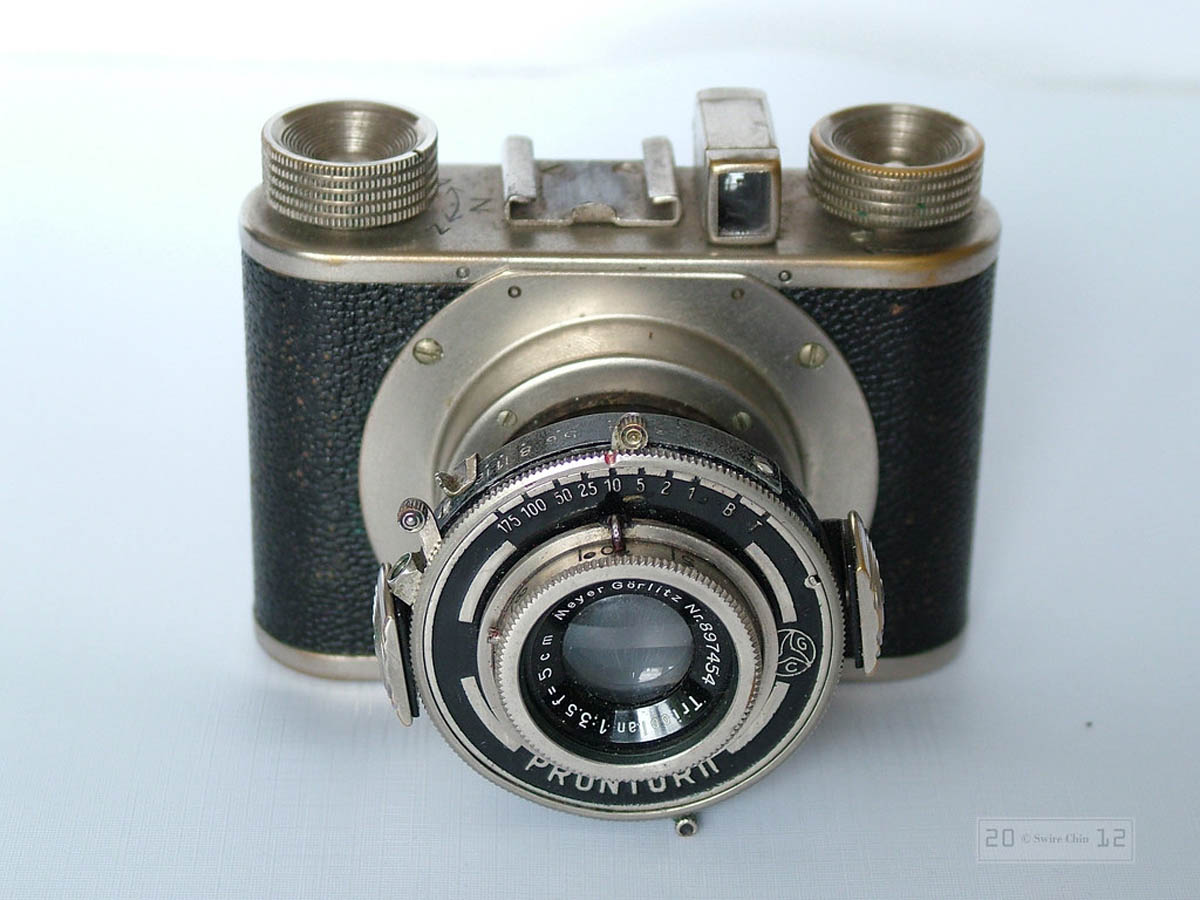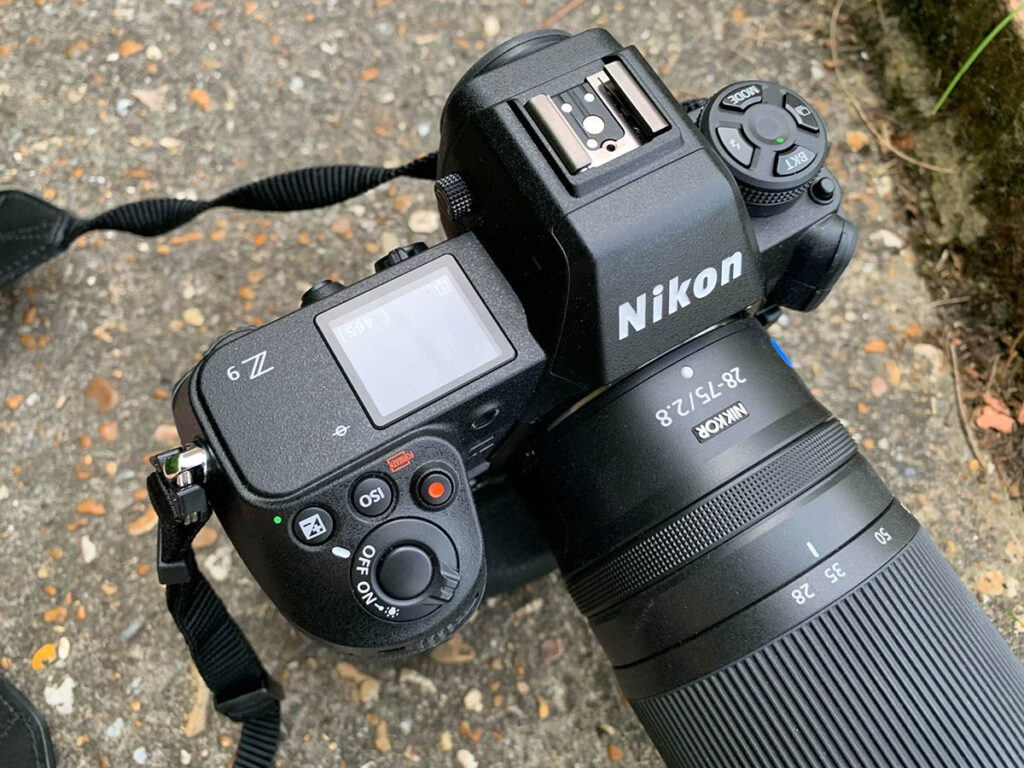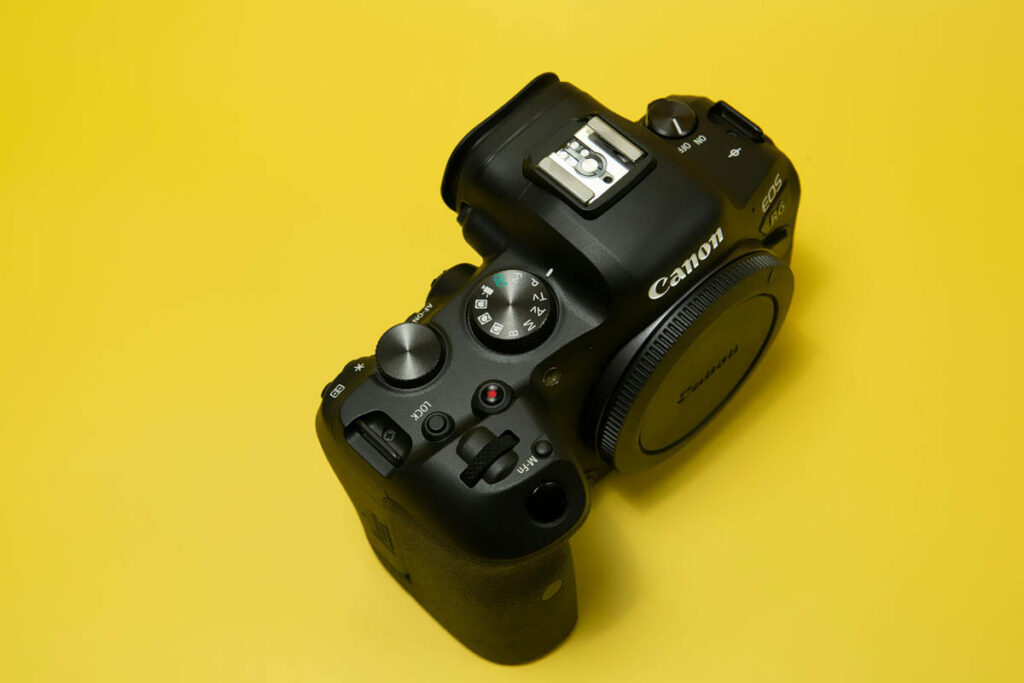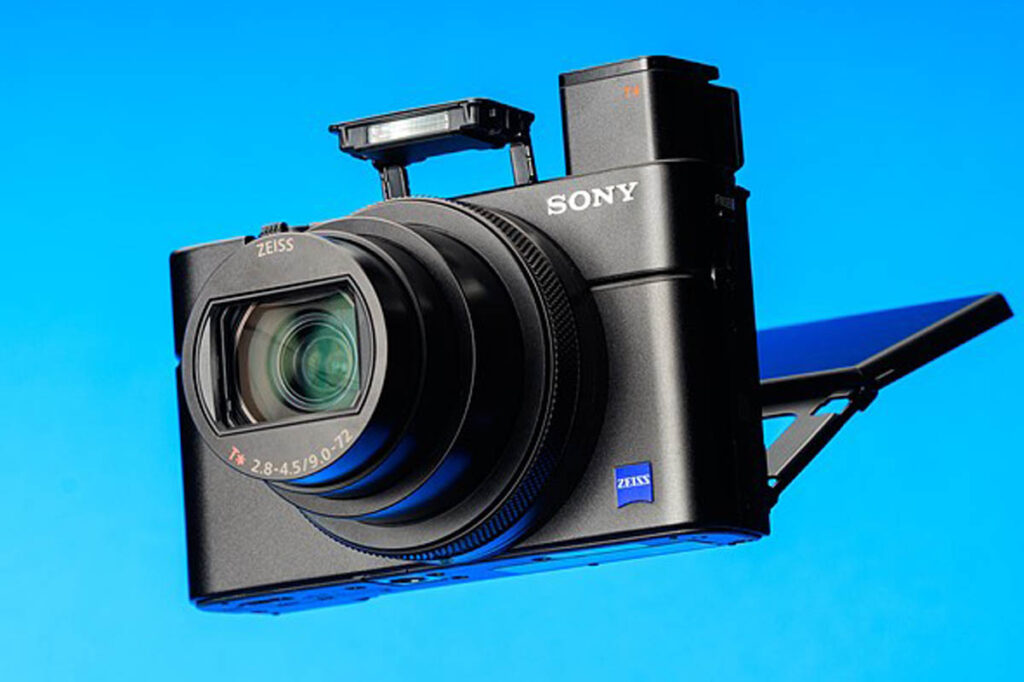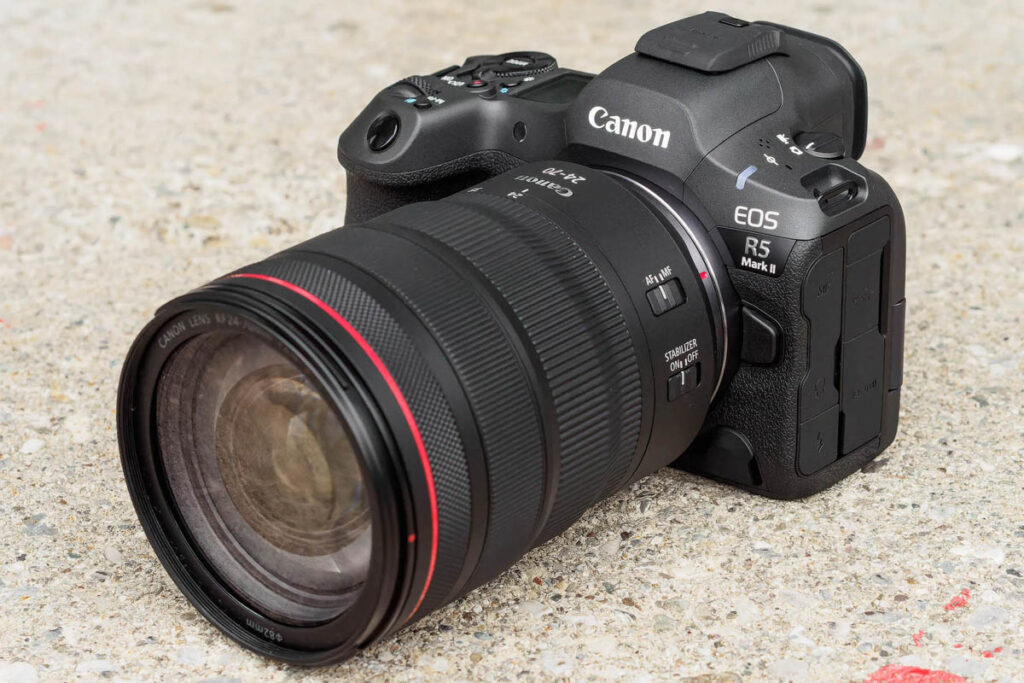The world of photography has seen significant evolution since the invention of the camera. From early film cameras to today’s digital wonders, various camera formats have shaped the way we capture and experience images. This guide explores the key camera formats from their inception to the present day, helping you understand their impact and applications.
1. The Early Days: Large Format Cameras
Overview:
The first cameras used large format film, typically 4×5 inches or larger. These cameras were bulky but offered exceptional image quality due to their large film size.
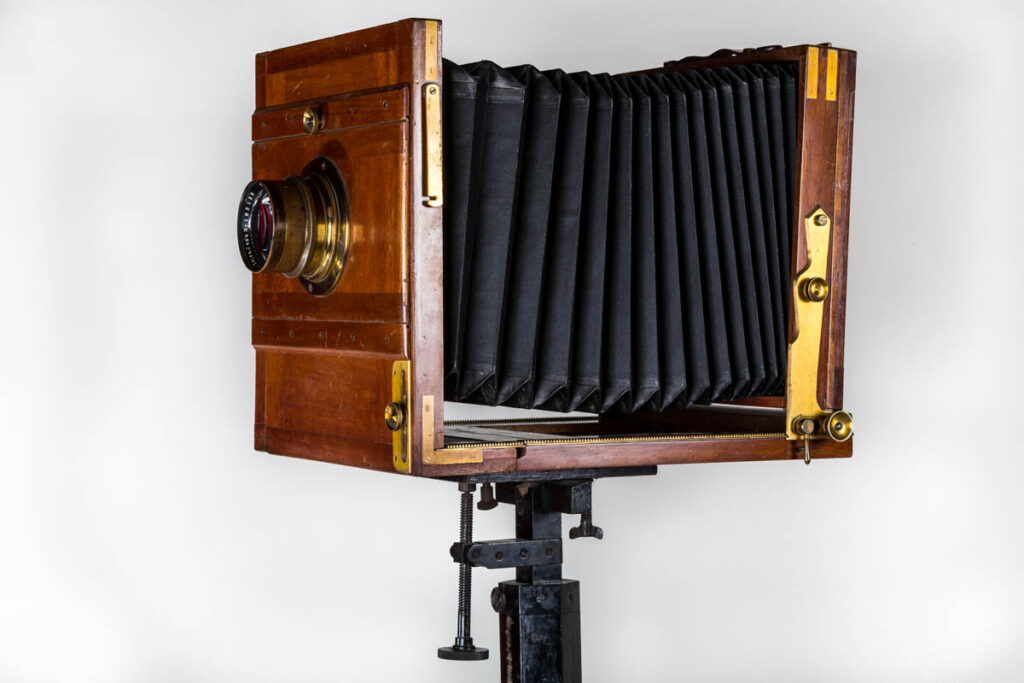
Advantages:
- Unmatched Detail: Captured the highest level of detail and sharpness.
- Flexibility: Allowed extensive control over focus and perspective.
Disadvantages:
- Cumbersome: Large and heavy, making them difficult to transport.
- Complex: Required significant setup time and skill.
Notable Examples: The Daguerreotype, introduced in 1839, and later models like the Graflex.
2. The Rise of 35mm Film Cameras
Overview:
In the early 20th century, 35mm film cameras became popular. This format, measuring 36mm x 24mm, offered a good balance between image quality and convenience.
Advantages:
- Compact Size: More portable than large format cameras.
- Versatility: Suitable for a wide range of photography styles.
Disadvantages:
- Limited Detail: Smaller film size compared to large format.
Notable Examples: The Leica I (1925) and the Nikon F (1959).
3. The Introduction of APS-C Sensors
Overview:
In the 1990s, the APS-C (Advanced Photo System type-C) format emerged. Measuring approximately 22mm x 15mm, APS-C sensors offered a good compromise between image quality and camera size.
Advantages:
- Cost-Effective: More affordable than full-frame cameras.
- Compact: Smaller and lighter, making them more portable.
Disadvantages:
- Lower Low-Light Performance: Not as effective in low-light conditions as larger sensors.
Notable Examples: Canon EOS 350D and Nikon D70.
4. The Advent of Digital Cameras
Overview:
The late 1990s and early 2000s saw the rise of digital cameras, revolutionizing photography with digital sensors replacing film. This era introduced new formats and possibilities.
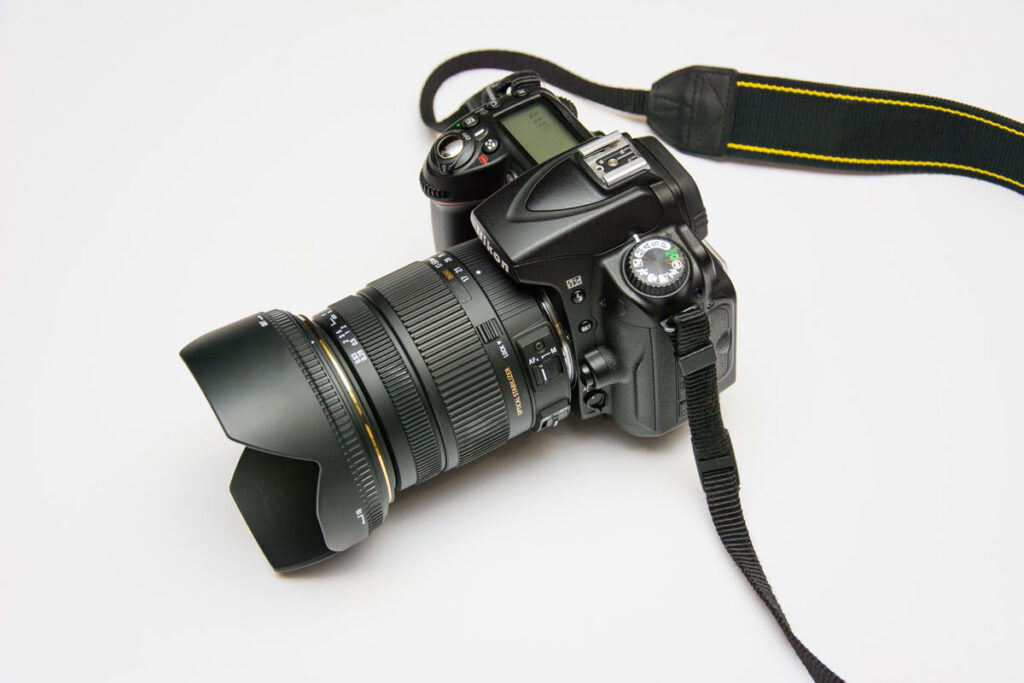
Key Formats:
- Full-Frame: Measures 36mm x 24mm, equivalent to 35mm film. Offers excellent image quality and low-light performance.
- Micro Four Thirds: Measures 17.3mm x 13mm. Known for its compact size and versatility.
Advantages:
- Instant Feedback: Allows photographers to review images immediately.
- High Resolution: Digital sensors can offer high resolution and detailed images.
Disadvantages:
- Cost: High-end digital cameras can be expensive.
Notable Examples: Canon EOS 5D Mark II (Full-Frame) and Olympus OM-D E-M1 (Micro Four Thirds).
5. The Emergence of Medium Format Digital Cameras
Overview:
Medium format digital cameras, with sensors around 44mm x 33mm, offer higher resolution and image quality than full-frame cameras. They are preferred for high-end commercial and studio work.
Advantages:
- Exceptional Detail: Provides superior image resolution and dynamic range.
- Rich Colors: Delivers excellent color accuracy.
Disadvantages:
- Costly: Generally more expensive than full-frame and APS-C cameras.
- Heavy: Larger and heavier, making them less portable.
Notable Examples: Fujifilm GFX 100S and Hasselblad X1D II 50C.
6. The Modern Compact and Mirrorless Cameras
Overview:
In recent years, compact and mirrorless cameras have gained popularity. Compact cameras, including point-and-shoot models, are designed for ease of use and portability. Mirrorless cameras combine the benefits of DSLRs with a more compact design.
Key Formats:
- Compact Cameras: Includes various sensor sizes, often 1-inch or smaller.
- Mirrorless Cameras: Can feature APS-C, full-frame, or Micro Four Thirds sensors, offering flexibility and advanced features in a smaller body.
Advantages:
- Portability: Compact and mirrorless cameras are lighter and easier to carry.
- Advanced Features: Many offer high-resolution sensors, fast autofocus, and 4K video.
Disadvantages:
- Limited Manual Controls: Some compact models offer fewer manual settings.
Notable Examples: Sony RX100 VII (Compact) and Canon EOS R5 mark II (Mirrorless).
Conclusion
From the early large format cameras to the modern mirrorless systems, each camera format has contributed to the evolution of photography. Understanding these formats helps photographers choose the right camera based on their needs, whether it’s for high-resolution studio work or convenient travel photography. As technology continues to advance, new formats will likely emerge, further expanding the possibilities of capturing the world around us.




